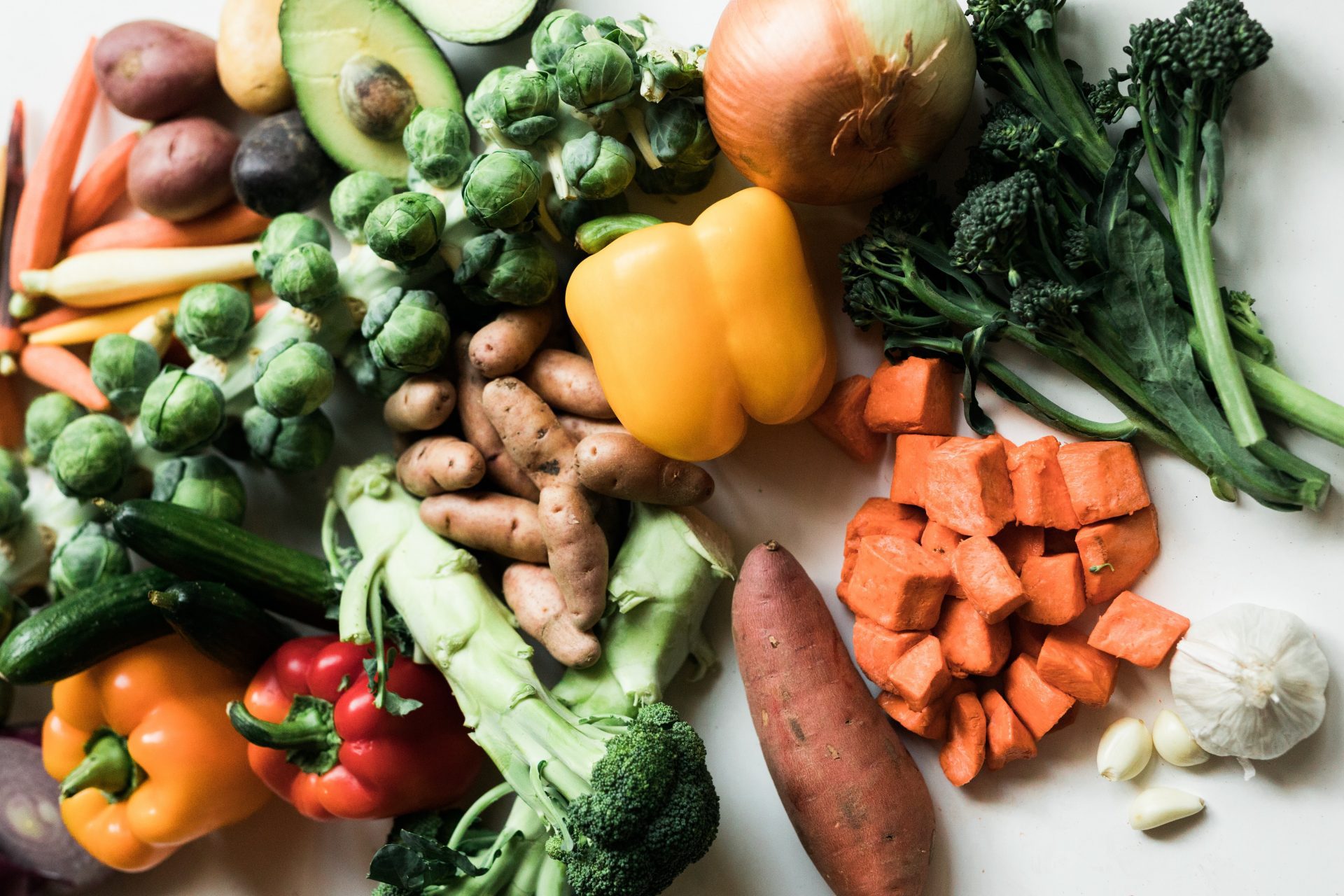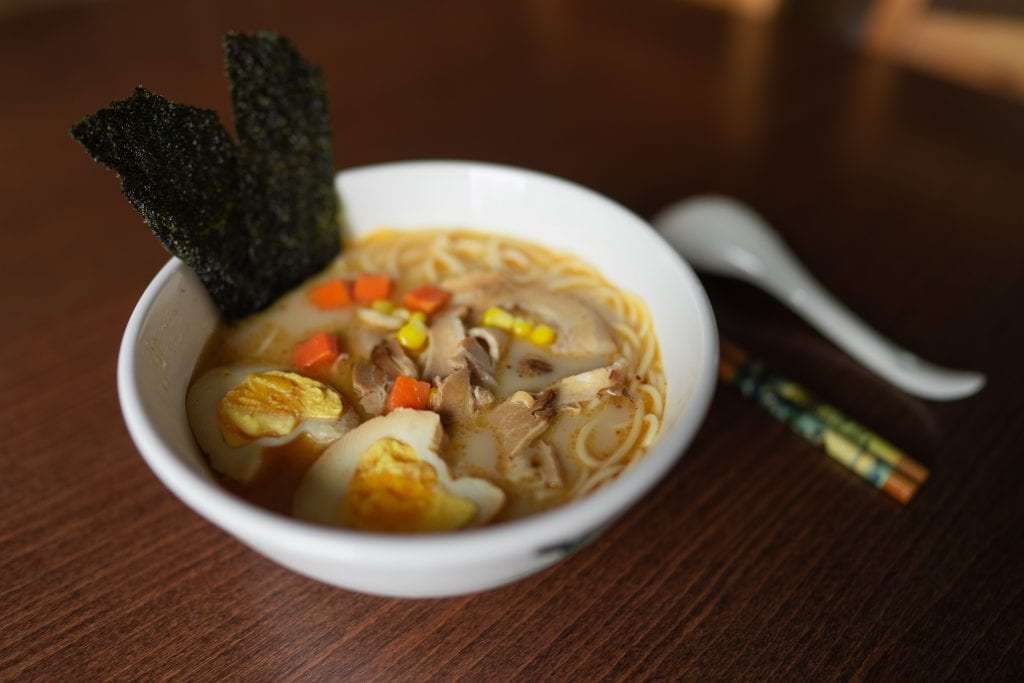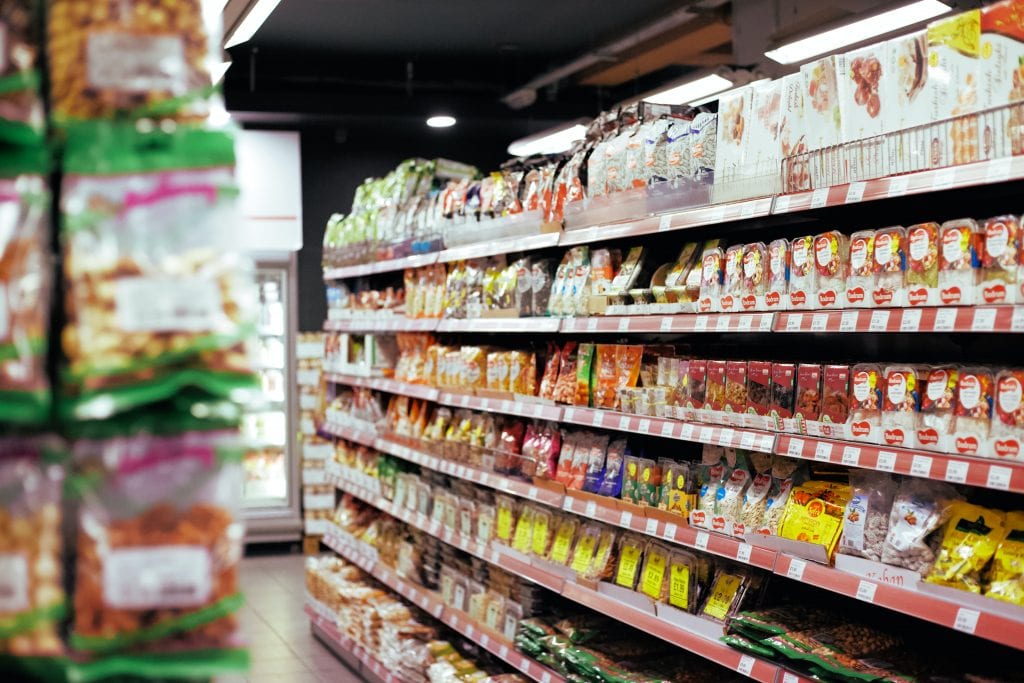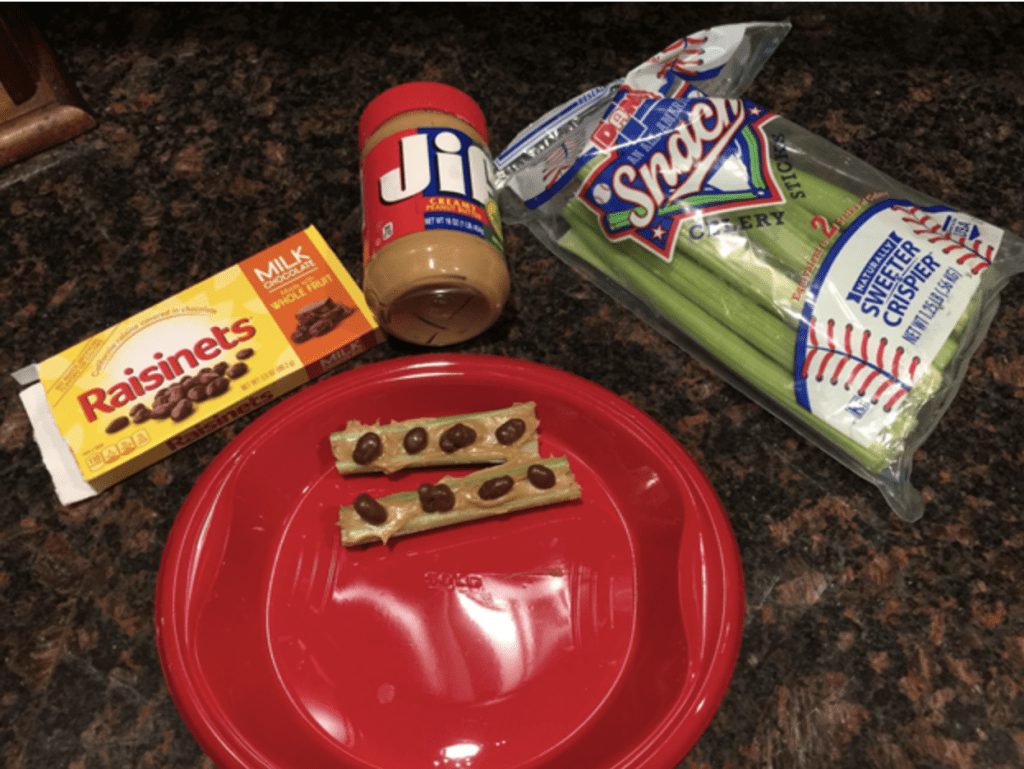To ensure gift delivery by 12/25, please place orders via UPS shipping no later than 12/17.
CloseEat All the Colors of the Rainbow with MyPlate

We all know it’s important to eat healthily, but we also know following through can be tricky, especially when there are so many contradictory fad diets found online. But don’t worry, it’s easy to eat healthy with MyPlate!
What is MyPlate?
MyPlate is an accessible website developed by the U.S. Department of Agriculture that contains resources and recipes related to healthy eating. MyPlate makes it easy to eat healthy with a simple diagram that shows how much of each type of food you should eat. Five categories are represented: fruits, vegetables, protein, grains, and dairy. No need to count calories or think about the number of servings of vegetables you are eating. All you need to do is look at your plate.
MyPlate is divided into 4 quadrants of varying sizes with a small section beside the plate for dairy.
- Half of your plate should be fruits and vegetables, with a larger portion being vegetables.
- The other half should be protein and grains with a larger portion being grains.
- A small portion should be dairy. It is important to note that the dairy can be plant-based (almond, soy, etc.) as well as from an animal.
Eating food from all five categories not only keeps us full longer but also keeps our bodies healthy. Most of us get plenty of protein and dairy in our diet. Between meat, beans, eggs, nuts, and cheese, most of us might consume more protein and dairy than we actually need. But sometimes we don’t get enough fruits, vegetables, and whole grains.
Why are fruits and vegetables so important?
Fruits and vegetables are full of essential nutrients and fiber. Each nutrient provides different benefits. Vitamin C helps keep your body healthy. Potassium helps you maintain healthy blood pressure. Vitamin A is good for your eyes and skin. Fiber helps reduce blood cholesterol levels, and it may also lower the risk of heart disease. These are just a few of the nutrients you receive from fruits and vegetables.
Whole Grains vs. Refined Grains
It is important to eat whole grains more often than refined grains. Whole grains contain nutrients like magnesium, which is good for your bones and muscles, and iron, which is important for your body to carry oxygen in the blood. Whole grains also contain fiber, which is good for digestion and has the added benefit of keeping you full longer. Some whole grains you should eat are whole-wheat flour, oatmeal, and brown rice.
Refined grains do not contain many of these benefits because the fiber and nutrients have been removed during the refinement process. Some refined grains you should eat sparingly are white flour, white rice, white bread, desserts, and cereals.
MyPlate Resources
Adults and students who are blind or have low vision can gain a better understanding of how MyPlate works by downloading related graphics from the Tactile Graphic Image Library (TGIL). Search under Daily Living, Health (main heading), and Nutrition to access them. The MyPlate skill on Amazon Alexa devices and on the Alexa app gives users nutrition tips. Also, the Start Simple with MyPlate app is fully accessible and encourages users to build healthy eating habits one goal at a time.
For more, visit the MyPlate website.
Share this article.
Related articles

Cooking Activity: Ramen Noodle Recipes
Let’s get cooking! Ramen Noodles are a favorite and inexpensive snack that you can dress up with extra toppings and...

Pack Your Reusable Bag: It’s Time for a Three-Part Grocery Store Adventure!
This adventure can be done virtually or in-person. *For virtual play–you will need to go to your grocery store website...

Making Ants on a Log
Today we learned about bugs. Now make a snack of ants on a log to enjoy as a treat. This...
